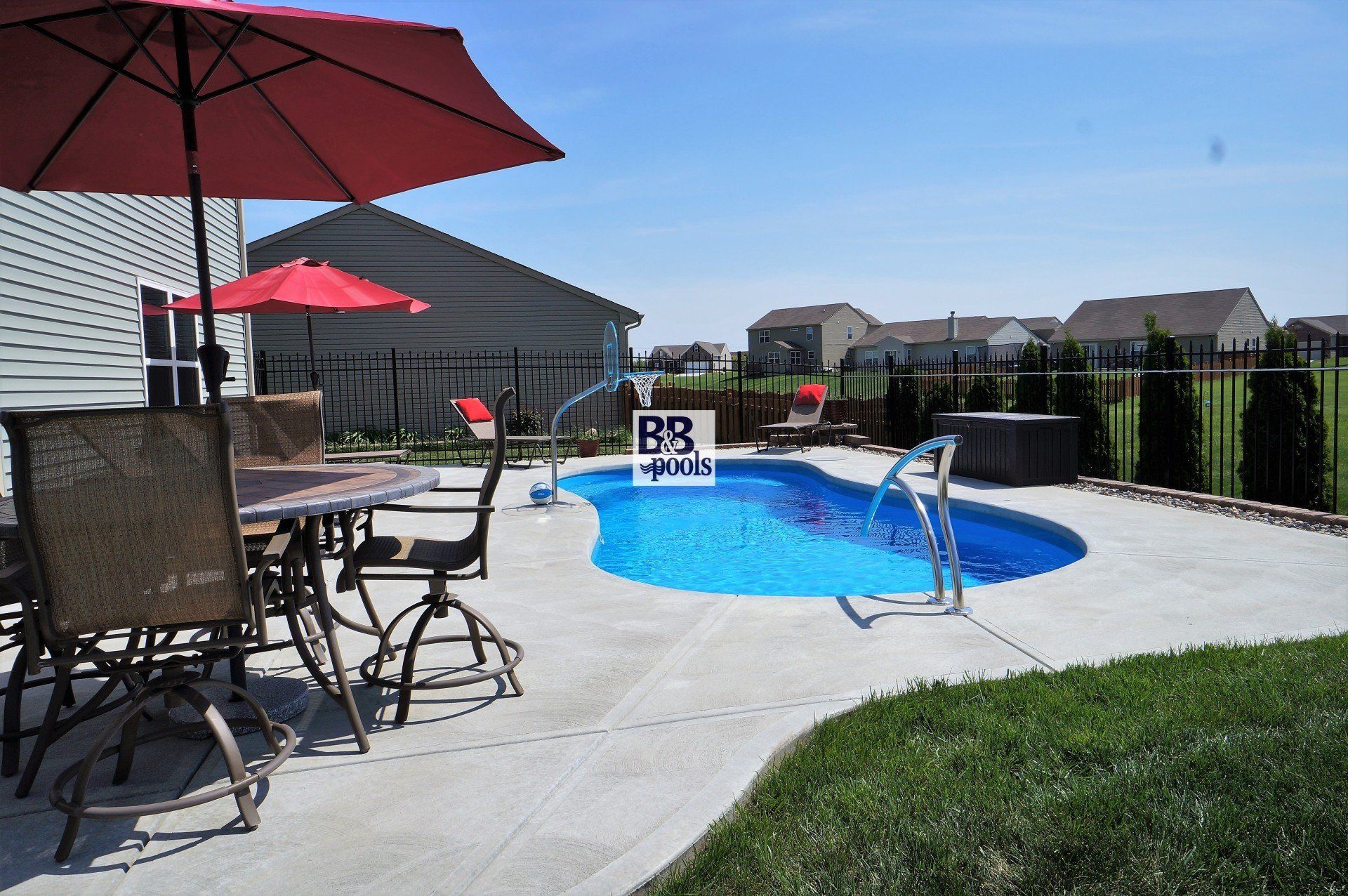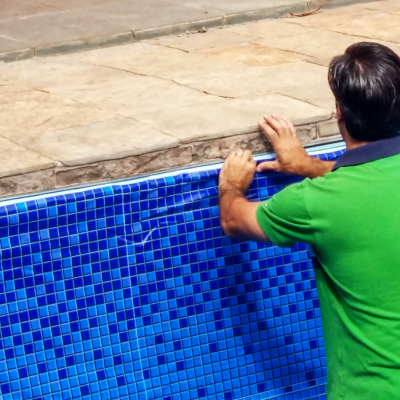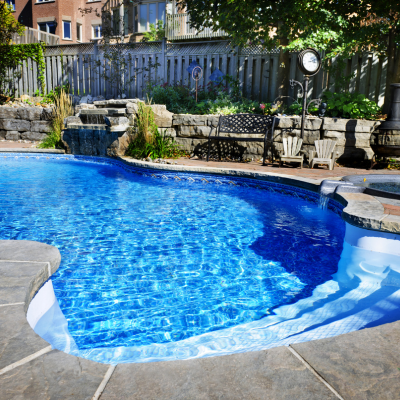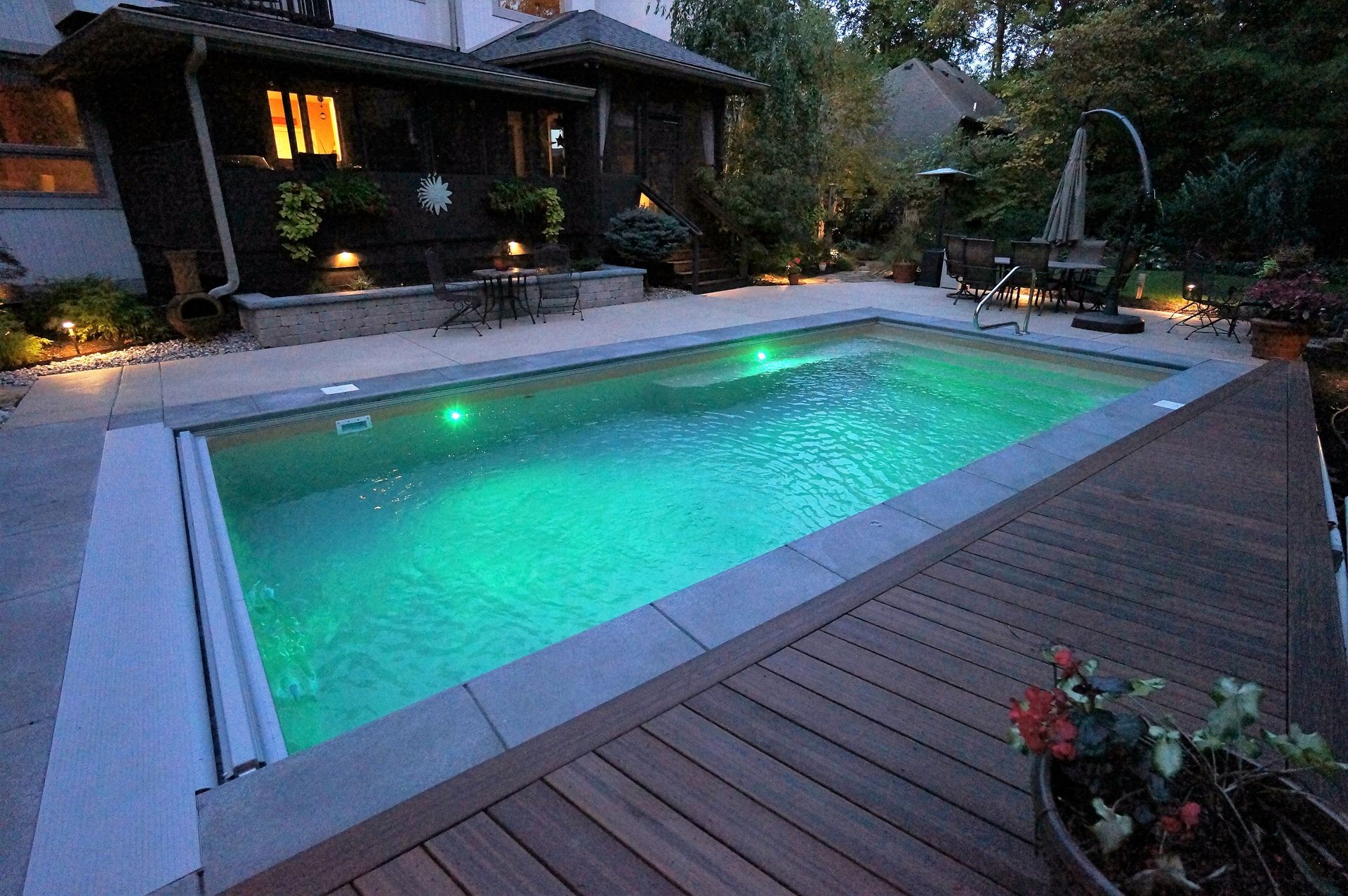The Science of Pool Water: Understanding Water Chemistry for Beginners

Maintaining the proper water chemistry in your pool is crucial for ensuring a safe and enjoyable swimming experience. Understanding the basics of pool water chemistry can help you keep your pool clean, clear, and balanced.
pH Level
The pH level measures the acidity or alkalinity of the water on a scale from 0 to 14, with 7 being neutral. The ideal pH level for pool water is between 7.2 and 7.6. A pH level that is too high can lead to cloudy water and scale formation, while a pH level that is too low can cause skin and eye irritation.
Chlorine Levels
Chlorine is used to sanitize pool water and kill bacteria and algae. The ideal chlorine level for pool water is between 1 and 3 parts per million (ppm). Monitoring chlorine levels regularly and adjusting them as needed is essential for maintaining a clean and safe swimming environment.
Total Alkalinity
Total alkalinity helps buffer pH changes in pool water. The ideal total alkalinity level for pool water is between 80 and 120 ppm. Low total alkalinity can cause pH levels to fluctuate, while high total alkalinity can lead to cloudy water and scale formation.
Calcium Hardness
Calcium hardness refers to the amount of dissolved calcium in pool water. The ideal calcium hardness level for pool water is between 200 and 400 ppm. Low calcium hardness can cause plaster erosion, while high calcium hardness can lead to scale formation.
Regular testing of pool water and proper maintenance of water chemistry are essential for keeping your pool clean, safe, and enjoyable for swimming. If you're unsure about how to maintain proper water chemistry, consider consulting a professional pool service for assistance.







